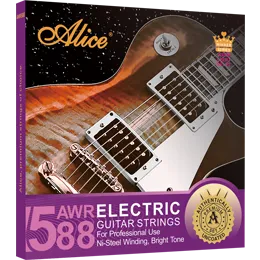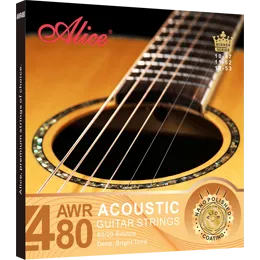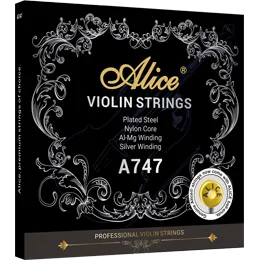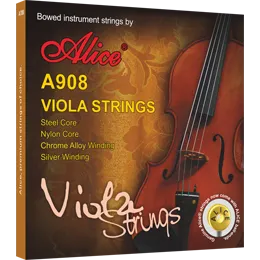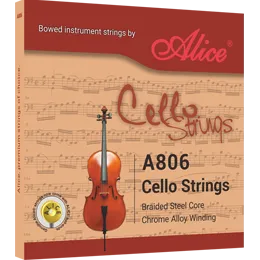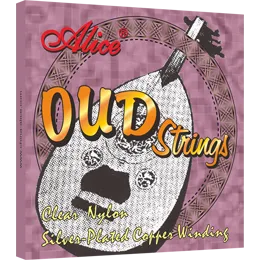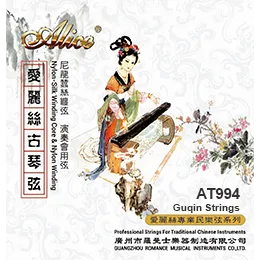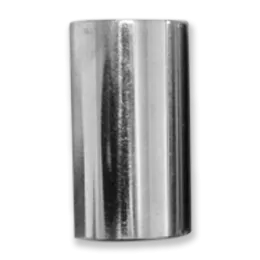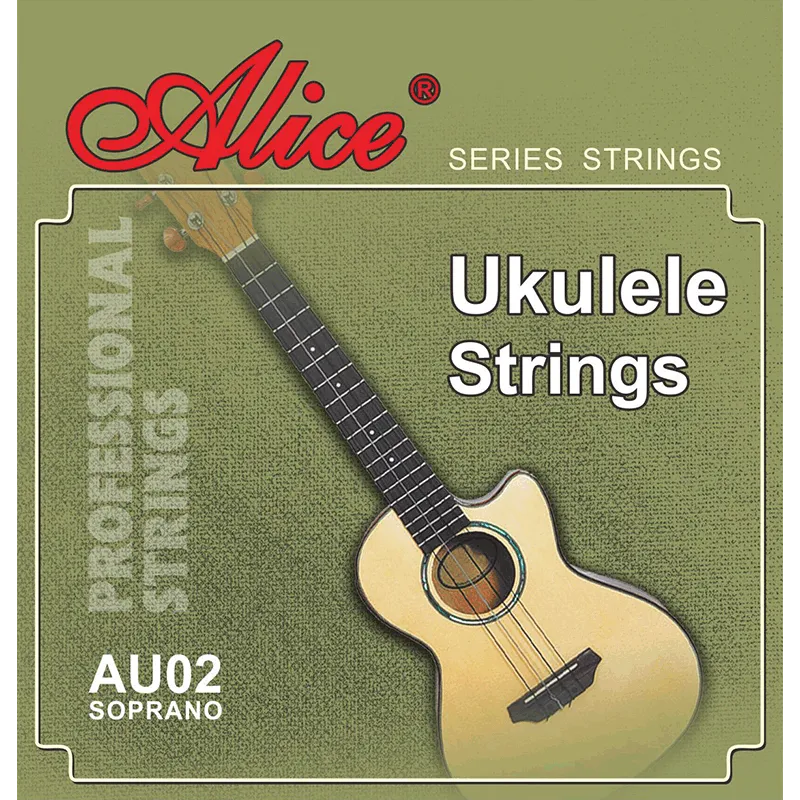Folk Instrument Strings: Types, Materials & How to Choose the Right Set
Folk music is rich in cultural heritage, emotional storytelling, and sonic diversity. Whether it’s the bright ring of a mandolin, the deep warmth of a bouzouki, or the resonant twang of a banjo, each folk instrument tells its own story—not just through melodies and technique, but through the strings that bring it to life.
If you’re a folk musician or an enthusiast looking to understand your instrument better, one of the most essential components to explore is your string choice. The right strings can drastically affect tone, playability, and even your instrument’s response to different styles or tunings.
1. Why Strings Matter in Folk Music
Folk instruments come in many shapes and sizes, from the mandolin and banjo to lesser-known regional instruments like the guzheng, erhu, balalaika, or oud. These instruments span different traditions, but they all have one thing in common: strings are central to their sound.
Unlike electric instruments that rely on pickups and amplifiers, folk instruments are largely acoustic. This means the tone, volume, and clarity are directly influenced by:
String material
String gauge (thickness)
Tension
Winding method
Playing technique
Whether you're playing Celtic tunes on a mandolin, Appalachian clawhammer banjo, or classical Chinese melodies on a pipa, your choice of string can elevate (or weaken) your sound.
2. Common Folk Instruments & Their Strings
Let’s look at several common folk instruments and the typical strings they use:
Mandolin Strings
Strings: Usually steel core, arranged in four double courses (G-D-A-E).
Material: Phosphor bronze or 80/20 bronze for brightness and punch.
Tone goal: Bright, clear, and loud enough to cut through ensembles.
Banjo Strings
Strings: Generally a mix of steel and nickel-plated steel, often with a lighter gauge.
Fifth string: Shorter and tuned higher (e.g., open G).
Material: Plain steel for unwound strings, bronze/nickel for wound ones.
Tone goal: Snappy attack and high clarity, especially for bluegrass.
Ukulele Strings
Strings: Traditionally nylon, fluorocarbon, or gut.
Tension: Low, very soft feel.
Tone goal: Warm, mellow, perfect for relaxed rhythms and tropical vibes.
Classical Chinese Instruments (e.g., guzheng, pipa, erhu) Strings
Strings: Silk (historically), now mostly nylon-core or metal-wound.
Tone goal: Smooth, expressive with nuanced overtones.
Oud, Bouzouki, Sitar, Balalaika, and Others Strings
These world instruments often use a combination of nylon, steel, bronze, or silver-wound strings, depending on their cultural tuning systems and tonal expectations.
Each of these instruments demands specific tension, material, and construction to maintain authenticity and comfort for the player.
3. String Materials and Their Sound Profiles
Understanding string materials is key to finding your ideal tone. Here's a breakdown of the most common options:
Phosphor Bronze
Warm, rich tone
Excellent for mandolin and bouzouki
Long-lasting, with consistent tonal performance
80/20 Bronze
80% copper, 20% zinc
Brighter, crisper sound
Often used in banjo or brighter mandolin tones
Nickel-Plated Steel
Bright with strong midrange
Common in banjos and hybrid folk-rock settings
Slightly less warm than bronze
Nylon / Fluorocarbon
Warm, soft, and mellow tone
Used in ukuleles and classical or Asian folk instruments
Gentle on the fingers
Silk and Steel
Steel core with silk wrap
Softer, mellower feel
Great for delicate fingerstyle or vintage folk tones
4. String Gauge and Tension
The gauge (thickness) of your string directly affects playability and tone.
Light gauge: Easier to play, brighter tone, less tension
Medium gauge: Balanced volume and control
Heavy gauge: Louder, fuller sound, more tension—ideal for strong strumming or ensemble performance
Some folk instruments, like the oud or sitar, require very specific tensions and should only be restrung using strings designed for their structure and scale length.
Tip: Never install steel strings on an instrument designed for nylon or gut. This can damage the neck or top due to high tension.
5. Coated vs. Uncoated Strings
Many modern folk musicians opt for coated strings for extended lifespan. These strings have a thin polymer layer that protects against moisture, sweat, and dirt.
Coated strings: Last 3–5x longer, slightly smoother feel
Uncoated strings: More raw tone and tactile feedback
If you perform regularly or live in a humid area, coated strings are a smart investment.
6. Tips for Choosing the Right Set
Here are some quick tips to help you select the ideal strings for your folk instrument:
Match your strings to your musical style (e.g., crisp for bluegrass, mellow for ballads)
Choose gauge based on your comfort and technique
Consider coated strings for longevity
Consult your instrument’s specs to avoid excessive tension
Try several brands and materials—your ears and fingers will tell you what’s right
Final Thoughts
Folk music is one of the most emotionally expressive and culturally rich genres in the world. The right strings can help your instrument sing with authenticity, character, and nuance—whether you're performing traditional tunes or blending folk with modern elements.
From banjos and mandolins to ouds and erhu, string selection isn’t just a technical choice—it’s part of your artistic voice.
And when you’re looking for quality, reliability, and excellent tone, consider Alice Folk Instrument Strings. Crafted with precision and a deep understanding of traditional instruments, Alice strings bring warmth, clarity, and durability to every note you play.
Whether you’re picking in a mountain cabin or performing on stage, let your folk music shine with Alice Folk Instrument Strings.
Relate News
-
 When choosing a guitar, most players focus on the body type, wood, or brand—but one of the most underrated factors affecting tone and playability is the type of guitar strings you use. And if you're serious about shaping your sound, matching your string type to your musical style can make a huge difference.
When choosing a guitar, most players focus on the body type, wood, or brand—but one of the most underrated factors affecting tone and playability is the type of guitar strings you use. And if you're serious about shaping your sound, matching your string type to your musical style can make a huge difference. -

Common Guitar String Problems: How to Fix Tuning Issues, Rust, and String Breakage
Guitar strings are a crucial part of your instrument, directly affecting your tone, tuning stability, and playing experience. However, over time and with regular use, strings can develop various issues such as tuning instability, rust, or even sudden breakage. These problems can be frustrating, especially for beginners, but the good news is—they're often preventable and fixable. -

Complete Guide to Guitar String Materials: Which One Is Right for You?
Choosing the right guitar strings is one of the most important decisions a guitarist can make—yet it's often overlooked. Beyond string gauge or brand, the material of the strings plays a crucial role in shaping the tone, feel, and even longevity of your instrument. Whether you play acoustic, electric, or classical guitar, understanding the different types of string materials can help you find the sound and feel that best matches your playing style. -
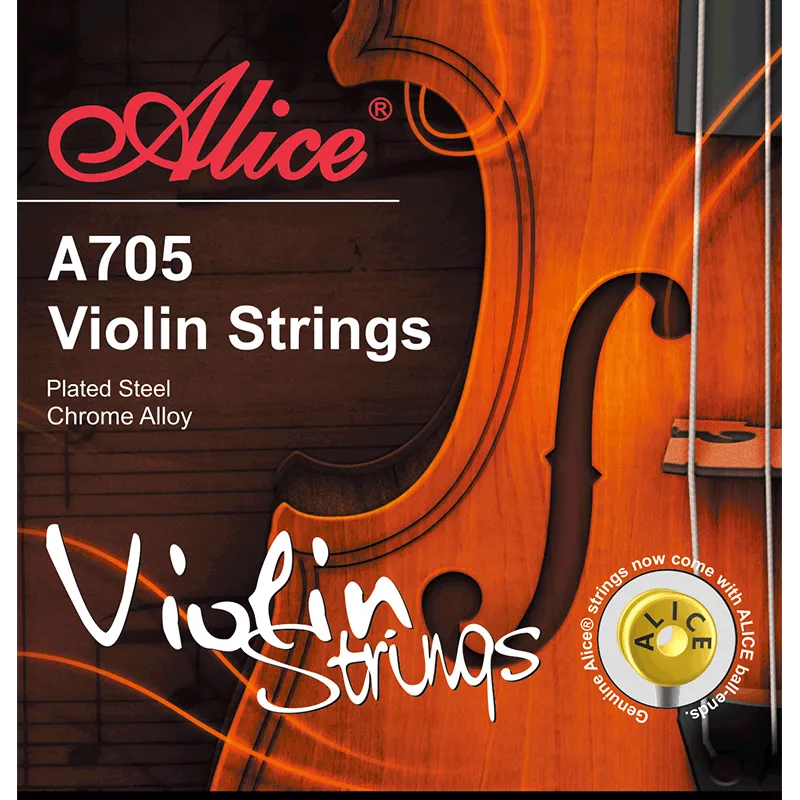
The Complete Guide to Orchestral Strings: Everything You Need to Know
Alice Strings is a trusted global brand offering high-quality orchestral strings for violins, violas, cellos, and double basses. With years of experience in string manufacturing and a dedication to innovation, Alice blends traditional craftsmanship with modern materials to meet the needs of musicians at every level. -
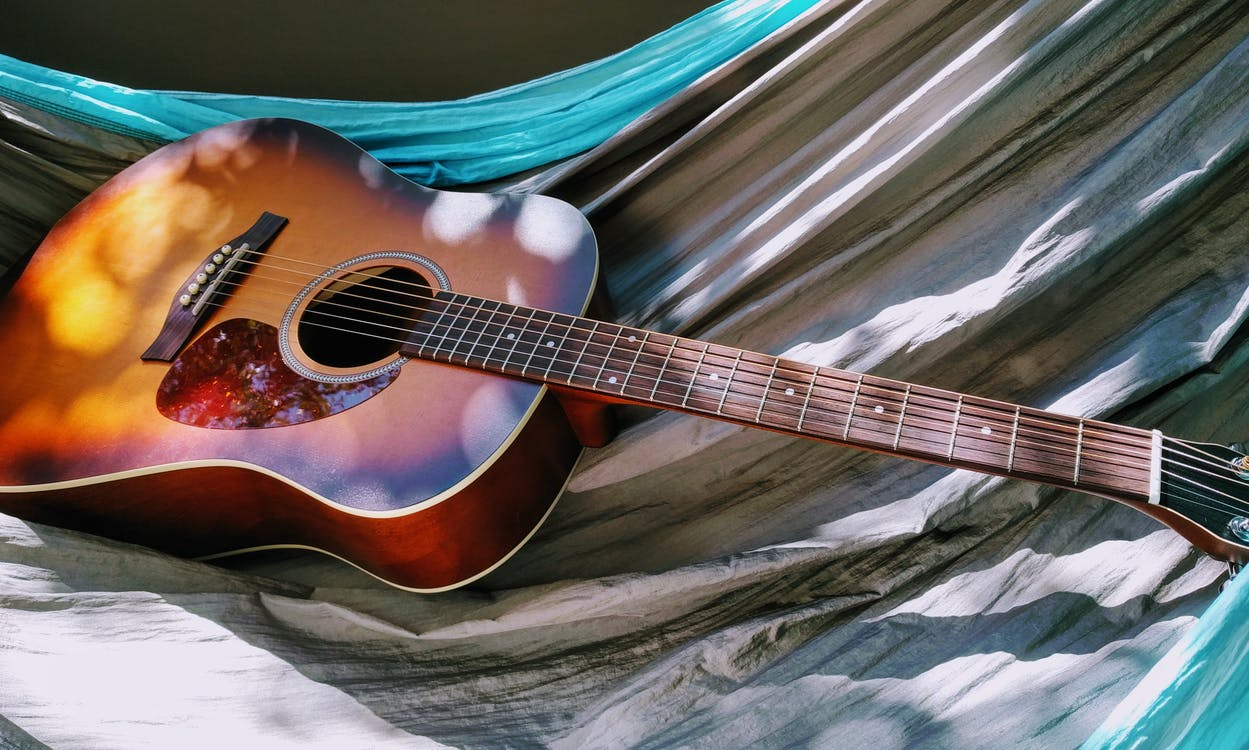
Inside the Craftsmanship: The Manufacturing Process of Guitar Strings
From selecting the finest raw materials to precision winding and protective coatings, guitar string manufacturing is a sophisticated blend of science and art. Every step influences the final product’s sound, feel, and durability, ensuring musicians can express themselves freely and reliably through their instrument. -

Wholesale Guitar String Purchasing: A Practical Guide for Retailers and Distributors
In the musical accessories industry, guitar strings remain one of the most frequently sold and restocked items. Whether you run a music store, manage an e-commerce platform, or distribute to local schools and bands, purchasing guitar strings in bulk requires more than just choosing the lowest price. -
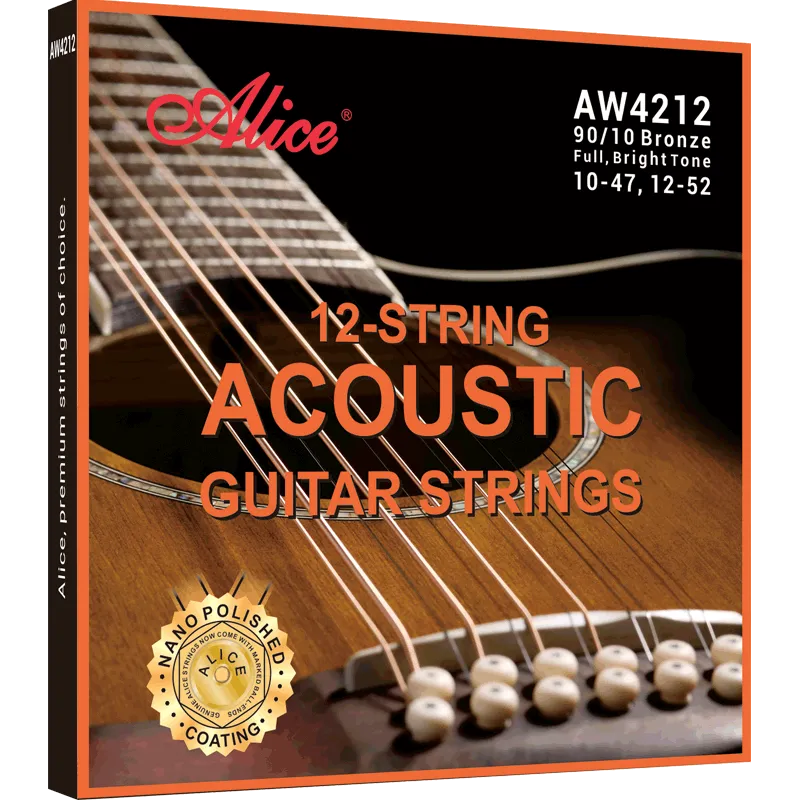
How to Choose the Right Guitar String Models for Export Markets
one string gauge or material might be popular in the U.S., a completely different specification may be in demand in Japan, Brazil, or Germany. For manufacturers and distributors, adapting to these nuances is essential to gaining market share and building lasting relationships with music retailers and players around the world. -

How Alice Guitar Strings Compare to Leading Brands
When choosing guitar strings, musicians across the world are faced with a broad selection of materials, tones, brands, and features. While many international string manufacturers offer excellent products, it’s important to understand how different brands compare -

The ABCs of Cello Strings: Materials, Tension, and Maintenance
-
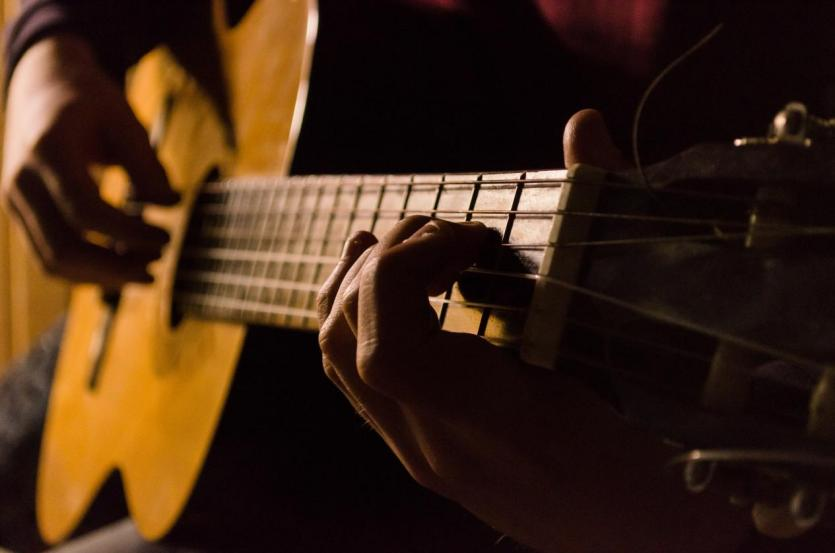
Keeping Your Tone Bright: Tips For Caring Your Classical Guitar Strings
-

How to Restring Your Classical Guitar with the Best Classical Guitar Strings
-

Acoustic Guitar String VS Acoustic Bass Guitar String: What’s the Difference?





